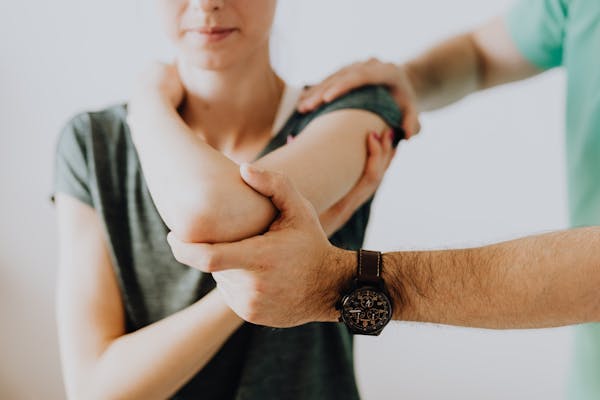Joint health impacts nearly every aspect of daily life, from walking and climbing stairs to enjoying activities like running or gardening. Whether you’re a senior wishing to maintain mobility or an athlete recovering from strain or injury, orthopedics offers comprehensive care to help support joint function. This field focuses on diagnosing, treating, and managing musculoskeletal system issues. In this field, there is specific attention paid to joints, tendons, ligaments, and muscles.
Understanding joint care begins with knowing the many approaches orthopedics provides. This field addresses joint health from multiple angles, from identifying problems with precision to offering surgical solutions when needed. Here is how orthopedics supports joint care consistently and effectively:
Diagnosing Joint Problems
Identifying joint problems is the first step in delivering appropriate care. Orthopedic specialists use advanced imaging technologies such as X-rays, MRIs, and CT scans to get a detailed view of joint structures. These tools allow physicians to assess wear and tear, inflammation, or damage precisely. Diagnosing common conditions like arthritis, tendon injuries, or cartilage degeneration involves listening to patients. It also involves understanding symptoms and combining this information with test results.
Employing Preventative Care
Preventative care is a proactive approach designed to reduce the likelihood of joint issues. Orthopedics specialists often educate patients about maintaining joint health through nutrition, proper movement techniques, and lifestyle adjustments. For example, maintaining a balanced diet rich in calcium and vitamin D can support bone and joint health. Similarly, low-impact exercises like swimming or walking can improve flexibility while reducing strain.
Athletes might receive guidance on avoiding repetitive motion injuries through warm-ups, proper form, and adequate rest. Seniors may focus on maintaining mobility and strength through tailored exercises or routines. While preventative care doesn’t eliminate risks, it goes a long way in reducing the likelihood of joint problems.
Receiving Physical Therapy
Physical therapy is a non-invasive technique used to restore and enhance joint function. After an injury or as part of general joint maintenance, physical therapists work closely with patients to strengthen muscles, improve flexibility, and restore range of motion. Therapists may design exercises specific to the patient’s condition to reduce pain and improve overall mobility.
For seniors, physical therapy often helps address stiffness and balance issues, which can reduce the risk of falls. Athletes, on the other hand, may use therapy to recover from injuries or improve performance. Physical therapy empowers individuals by making them active participants in their recovery.
Applying Injections
Orthopedic care also includes treatments like therapeutic injections to manage joint pain or inflammation. Corticosteroid injections, for example, may help reduce swelling in joints affected by arthritis or injury. Another option is hyaluronic acid injections, which target lubrication and cushioning within the joint.
Exploring Surgical Options
When joint damage becomes severe, and other treatments no longer provide relief, surgical interventions may become an option. An orthopedic surgeon might perform procedures such as arthroscopy to address damaged cartilage or ligaments. Minimally invasive techniques often allow patients to experience faster recovery times and less post-operative discomfort.
Seek a Practice Specializing in Orthopedics
Orthopedics encompasses a wide range of approaches for addressing joint health, from accurate diagnostics and physical therapy to advanced surgical options. Whether it’s guiding seniors toward maintaining their mobility or helping athletes recover from injuries, orthopedic care emphasizes patient well-being and functionality. If you’re exploring solutions for joint pain or planning long-term joint care strategies, the combined expertise of orthopedic specialists ensures you’re in experienced hands. With so many treatment paths available, focusing on a personalized approach can help you move toward a more comfortable and active life.
